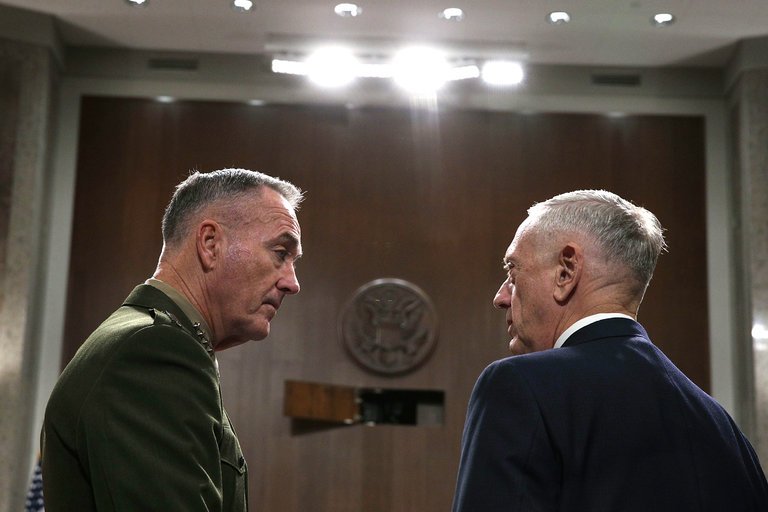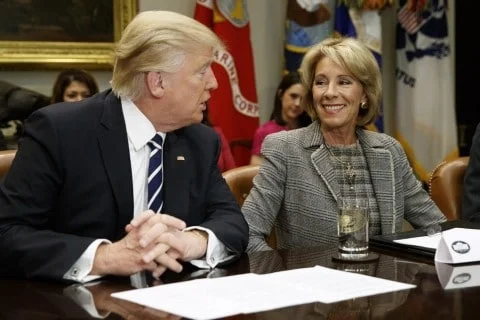Secretary Mattis' First South Asian Trip Offers Opportunities By Jalaluddin Jamshidy
This week Defense Secretary Jim Mattis made his first official trip to South Asia, including India and Afghanistan. The purpose was to deepen the US-India strategic defense partnership and further discuss India’s critical role in Afghanistan.
The Pentagon stated that “the US views India as a valued and influential partner, with broad mutual interests extending well beyond South Asia.” The U.S. proposed to sell F-18 and F-16 fighter planes along with 22 sea Guardian drones, used for highly advanced maritime reconnaissance. The deal, previously discussed in June by Prime Minister Modi and President Trump, is estimated total $15 billion, and displays the US willingness to transfer its extremely sensitive defense system to a non-Nato partner.
Photo by PTI
In a joint press conference with his Indian counterpart, Secretary Mattis expressed India’s “valued” partnership, tackling insurgency threat in the region. “There can be no tolerance of terrorist safe havens. As global leaders, India and the United States resolve to work together to eradicate this scourge.”
In August President Trump asked India to take more active role in Afghanistan. “We appreciate India’s important contributions to stability in Afghanistan,” Trump stated, and “we want them to help us more with Afghanistan, especially in the area of economic assistance and development.”
Photo by Reuters
India contributed an estimate of $3 billion in various educational and infrastructure projects in Afghanistan since 2001 and recently pledged to assist building 116 “high impact” projects (encompassing 32 provinces of the country) and train Afghan National Police for five years.
Secretary Mattis and NATO Secretary General Jens Stoltenberg arrived in Kabul on Wednesday, facing a failed terror attack in Kabul international airport. The Taliban and ISIS both took responsibility for the strike. President Ghani characterized the attack as “a sign of weakness” on the insurgent’s parts, while Mattis described this strike as “a classic example of what the Taliban are up to right now.”
Photo by Kathryn Gray U.S. Navy/Lt.Cmdr
Stoltenberg and Mattis emphasized their cooperation with Afghan security forces targeting insurgents across the country and beyond. President Ghani called on Pakistan to engage in “state to state” peace negotiation, emphasizing that Trump’s strategy provided Pakistan a “golden opportunity” to tackle the Taliban and other insurgency faction.
The current moment is ripe for the Afghan government to redirect its combat strategy from defense to offense. This would help drive the Taliban out the country as their rural support is diminishing. Continued pressure on Pakistan is helpful in prompting a shift from policy talk to action.
Jalaluddin Jamshidy is a government student at Utica College.








